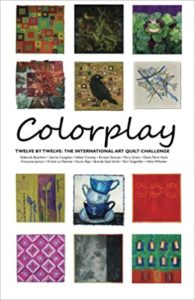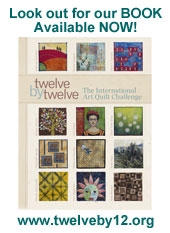Growing up in California, I've spent a lot of time on California freeways. Although I've lived in other states, I've not encountered any place in which travel is identified by numbers as much as here. Sure, other places have numbered roads and highways -- but maybe by virtue of the size and density of California, so much travel here involves taking one freeway to another to another. While I was thinking about how to approach this map challenge, I had occasion to take a road trip with my daughter to Los Angeles from our home north of San Francisco (101 to 1 to 280 to 85 to 101, in case you're wondering) and that caused me to settle on this concept for my piece.
The culture of "freeway-speak" is something that has always intrigued me. As a child, I liked that freeways had names as well as numbers. Perhaps it's a generational thing, but it doesn't seem to me that people use names to refer to freeways any more. I miss that! I found myself wondering about freeway names, which caused me to look them up, discover so many I'd never heard (did you know there's a Sonny Bono Memorial Freeway?), and hand-write many of them on the fabric for the background.
As I made this, I added the freeways I've traveled on over my life, with heavy prominence to 101, 5, and 1 which run north-south through the state, and the 80 freeway which crosses east-west and is the route from San Francisco to Sacramento, Lake Tahoe, and points further east. Almost all of these have strong associations of specific times, places, and memories for me.
I couldn't help but include a few typical seen-from-the-freeway signs. Oh, shoot -- it just now occurred to me that I could have marked the very spot where my sister and I would shout "There's the Matterhorn!" when we saw its peak from the nearby 5 freeway.
Here's another thing I always think about. Up here in northern California, we say "take 101" or "take 680." In Southern California, they say "Take
the 101 to the 55 to the 210." I wonder why?
I knew I had to include the caution sign showing silhouettes of running immigrants, which I've only seen on the freeway near San Diego.
I wonder if there are other signs like it in other states, on other borders? It's a clear, if somewhat jarring, warning to freeway drivers of the possibility that people might dash out onto the freeway as they ran to evade border patrols. There were a number of deaths on the 5 freeway in the 80's and 90's from that very scenario, and that's why the signs were erected. You can read more about the
Immigrant Crossing signs here.
This is a whole cloth piece. I drew onto white fabric with black fabric marker, then used inktense pencils (from the Derwent Pencil Factory itself!) and textile medium to color the large areas. It is machine quilted with monofilament thread.
 I have a view of the ocean while the vista from Helen's studio is more bucolic. The building project, painting and decorating are over and Helen is happily esconced in her new creative space. Check out Helen's Studio Tour:
I have a view of the ocean while the vista from Helen's studio is more bucolic. The building project, painting and decorating are over and Helen is happily esconced in her new creative space. Check out Helen's Studio Tour: Meanwhile, thanks to the magic of video, you can some of the Twelves over to your place anytime. As outlined in Deborah's blog post, this week there is some special pricing on the STITCHED - a collection of 20 online video workshops including Deborah's Branches, Buds and Blossom: A Botanical Collage and Nikki's Mini Treasure Box of Dreams:
Meanwhile, thanks to the magic of video, you can some of the Twelves over to your place anytime. As outlined in Deborah's blog post, this week there is some special pricing on the STITCHED - a collection of 20 online video workshops including Deborah's Branches, Buds and Blossom: A Botanical Collage and Nikki's Mini Treasure Box of Dreams:










































